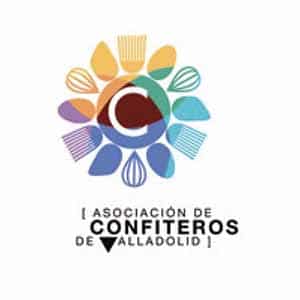Veteran filmmaker Carlos Saura, an old friend of Seminci, appeared this Friday 29th October 2021 in Hall of Mirrors of Calderón Theatre, packed to capacity, to present El Rey de Todo el Mundo [The King of All the World], his latest musical film and the seventh he has made with director of photography Vittorio Storaro – who this Saturday will receive the festival’s Spike of Honour – who accompanied the director to talk about his new film together with actor and dancer Isaac Hernández, actress Eulalia Ramón and producer Eusebio Pacha.
Four decades have gone by since Saura directed and wrote his first musical film, Bodas de Sangre [Blood Wedding]. Since then he has made films about opera, fandango, tango… until creating El Rey de Todo el Mundo, a film about popular Mexican music. This is how the filmmaker summed up the reason for this new film: “I’ve loved Mexican music all my life; when I was a child I used to listen to Los Panchos, Jorge Negrete… and other great Mexican singers. When I shot Antonieta in Mexico, I also brought back a lot of music that I listened to for years. So I was eager to make a film in Mexico. When Eusebio Pacha offered me the possibility, I said yes right away. And here we are. The truth is that it’s been a great experience, as always, new, different and magnificent. Every film, and I’ve made over 40, is an adventure into the unknown, because I improvise a lot, and many of the things that appear in the film are improvised on the fly, and that’s what I like the most.”
The director alluded to the fact that, in addition, he has been able to count on fantastic dancers, such as Isaac Hernández, whom he defined as “a wonder,” or Greta Elizondo, not to mention “the indispensable collaboration” of Vittorio Storaro: “We are friends, although I hate him, he seems to me to be one of the most hateful people in the world, what can we do, that’s life,” Saura commented sardonically, laughing, before giving way to him to speak.
Storaro, who apologised for attending the press conference with a hat on – “I have a scar on my head that is healing” -, thanked the festival for its Spike of Honour with these words: “I believe that all recognition of the work of artists is a stimulus to continue progressing and improving the work each one of us does.” Storaro differentiated several stages in his career as a director of photography: understanding light (with Bertolucci), the need to give emotion and colour (with Coppola), to mold life (with Warren Beatty)… “But when I met Carlos Saura I entered a completely different world, which has given me a new vital, creative and expressive stimulus,” he affirmed.
“My first impression, when I worked with Carlos Saura on the film Flamenco, was a novelty; he didn’t tell me the film as it was, he showed me a series of drawings and told me the story through the drawings. From then on, the story narrated itself, manifesting itself in the music, the rhythm, the dances… a rhythm that is also revealed through Saura’s camera, in continuous work that integrates perfectly.” And he added: “Carlos has introduced me to the work of the creative arts, and has taught me that each of us can have a different ability. Art modifies light. Everything can be shaped by a different light. In El Rey de Todo el Mundo we have taken advantage of music from its beginnings, we have seen music from the time of the Aztecs until today, and we have been able to shape the light through dance, through singing, because everything is a continuous progression, it is a sculpting to a certain extent, and that is something I have to thank maestro Saura for.”
At that moment Saura reminded the director of photography of a song by Vivaldi that he likes very much, the translation of which would be “Turn on the light and look.” “It seems to me a bit like the story of any person, you have to turn on the mental light and look inside yourself, with a look like Vittorio does, taking into account that Vittorio for me, apart from the fact that I hate him, is one of the people I have worked with best and with whom I have felt most comfortable, most friendly… I feel he is a great friend of mine and I love him very much.”
Producer Eusebio Pacha added that shooting this film “has been a wonderful, gigantic and extraordinary experience”: “Working with the two of them, with Saura and Storaro, and obviously with that great cast of artists who have participated in the film, I would call it an audio-visual art experience; what Carlos has done in this film, where we have beautifully backlit painting by Vittorio, a fantastic soundtrack, top artists like Isaac, Greta and the entire dance troupe from Guadalajara, actors… What can I say, a wonder, a work of art, the seventh by Carlos and Vittorio! A real honour.”
Also for Isaac Hernández, first dancer of the English National Ballet, shooting this film under the instruction of Saura has been “a dream.” “My father used to show me the films Carmen, Bodas de Sangre, and I couldn’t imagine that one day I would be on a setwith Carlos and Vittorio. So, it was very hard for me, it was my first acting experience, I think I was completely out of my comfort zone; as a dancer I’m used to rehearsing for months, weeks… and, as maestro Saura said before, we improvised a lot of the film, but all that led me to also face that challenge, those insecurities, and to try to enjoy every day. Many times I would arrive and see them talking alone, putting together a scene… and I think those are privileged moments, to be able to be there when you’re making a work of art like this.
On this point, Saura pointed out that “both Isaac and Greta are classical dancers, and they have made a tremendous effort to incorporate themselves into Mexican folklore, folkloric dances… because they come from another school.” To which Isaac Hernandez commented: “The mix that the choreographer made was very particular, and although as a classical dancer you are exposed to different styles, many times we learnt the choreography just before shooting… It was very interesting, I didn’t know how the scenes were being put together and I’m looking forward to watching the film finally; now, I knew I was in good hands.”
Furthermore, actress Eulalia Ramón pointed out that she has always felt “very comfortable and calm” working with Carlos and Vittorio. “Being with them in a shoot is a very nice and very sensory experience. More than the character I can play, the experience is being there, feeling yourself in there, seeing how they progress and create the story day by day, and then being with the dancers… it’s fascinating, it’s a very good time and a very good time on the set.”
When asked what cinema gives him and where he gets the energy to continue making films, Saura commented that, after more than 40 films, he has always tried to do what he likes. “I thought that if I liked it, other people would like it too, but that’s not always the case, especially in my country. Now they say that my best film is La Caza [The Hunt], but when it was released, a critic -I won’t say who he is, because I’ve forgotten his name – said to me on the way out: “What a shitty film you’ve made!” So, I’ve suffered some disagreements of that kind. But… anyway, I’m grateful, because I’m almost 90 years old, I’ve made it this far, and I’m lucky enough to still be working. For me, cinema is the total art. I’ve done opera, theatre, documentaries… and fiction films, especially musicals, fill me completely, because there’s music, photography, history, scenery, acting… everything comes together. I’m still working, turning my head around, trying to do what I said before: turn on the light and look inside.
“One of my great tragedies is not being a musician. My mother was a pianist… I would have liked to be a flamenco dancer and play the cello… But I’m satisfied, because I think I’ve fulfilled myself in some way, I have seven children, I’ve made more than 40 films, and I’m here, alive, once again in Valladolid.”
Carlos Saura recalled that he started out as a photographer before becoming a filmmaker: “I was the official photographer for the Granada Music and Dance Festival, and the Santander Festival, for several years, while I was studying film… My love of flamenco and classical dance comes from there. When I go into a room where flamenco is being danced, I feel a trembling inside… And when women dance flamenco it’s one of the wonders of the world, because flamenco is unique.”
The film El Rey de Todo el Mundo, which will be screened at the 66th Seminci out of competition, will be released on 12th November in Spanish cinemas, and the release dates in other countries will be known soon. The film will be screened today Friday 29th at 19.00h in Zorrilla Theatre and at 19.30h in Carrión Theatre, and tomorrow again, Saturday 30th, in Broadway Cinemas at 22.30h.
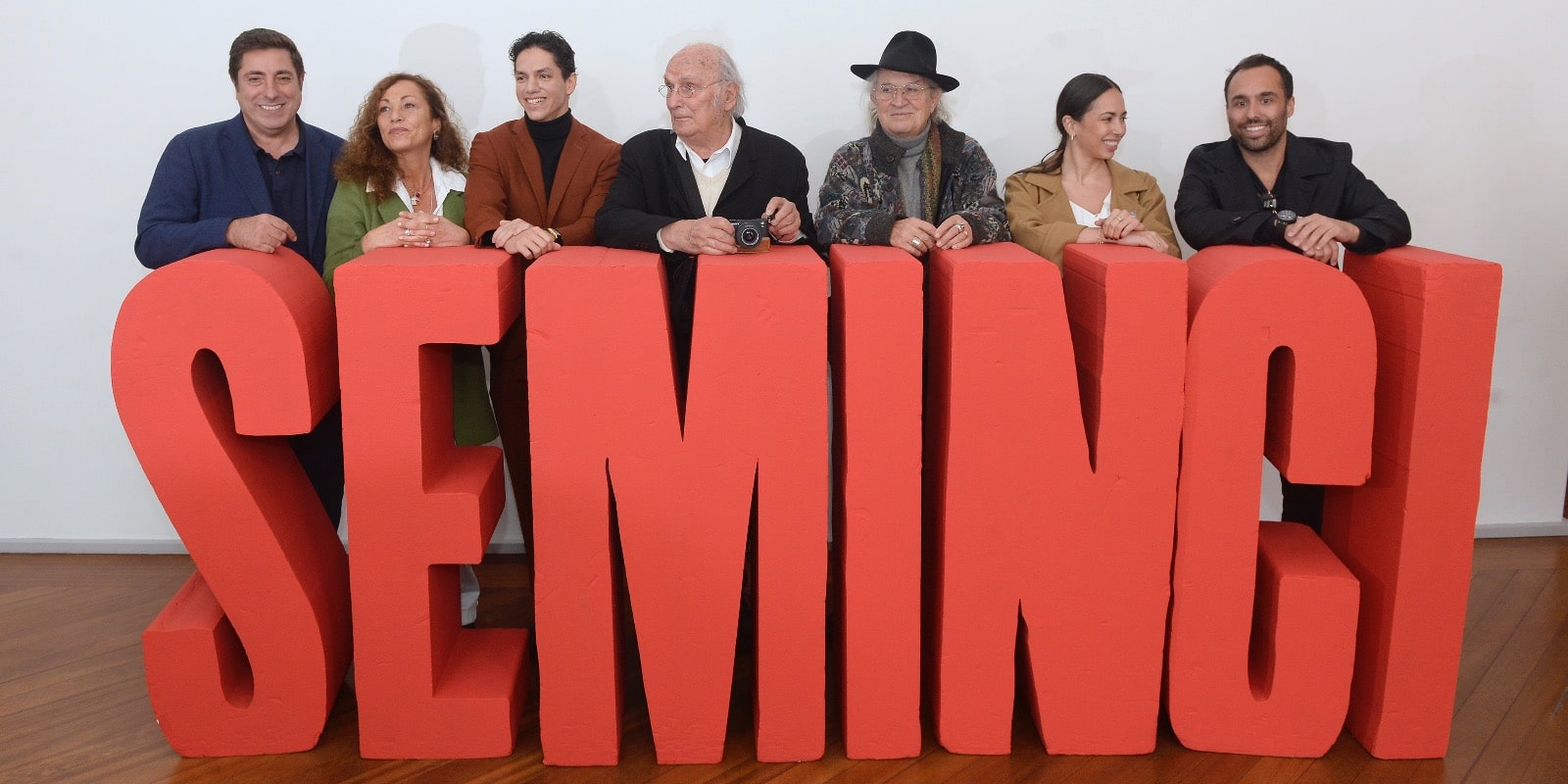
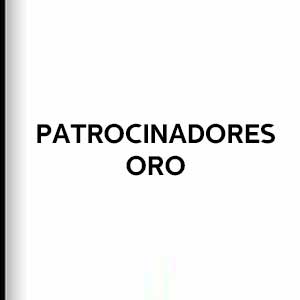
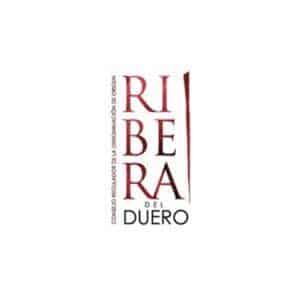


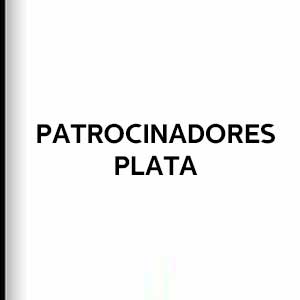



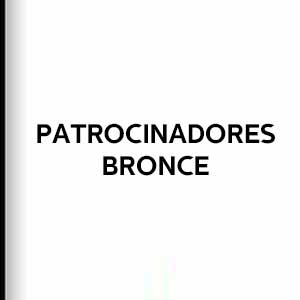









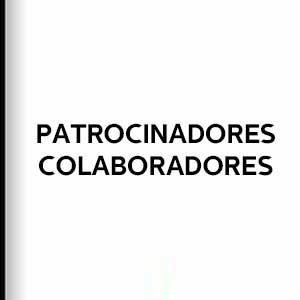


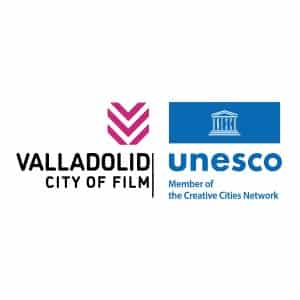
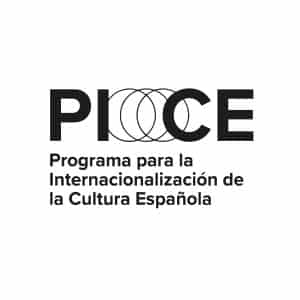



![Logo Foro Cultural de Austria Madrid[1]](https://www.seminci.com/wp-content/uploads/2024/09/Logo-Foro-Cultural-de-Austria-Madrid1-300x76.jpg)




